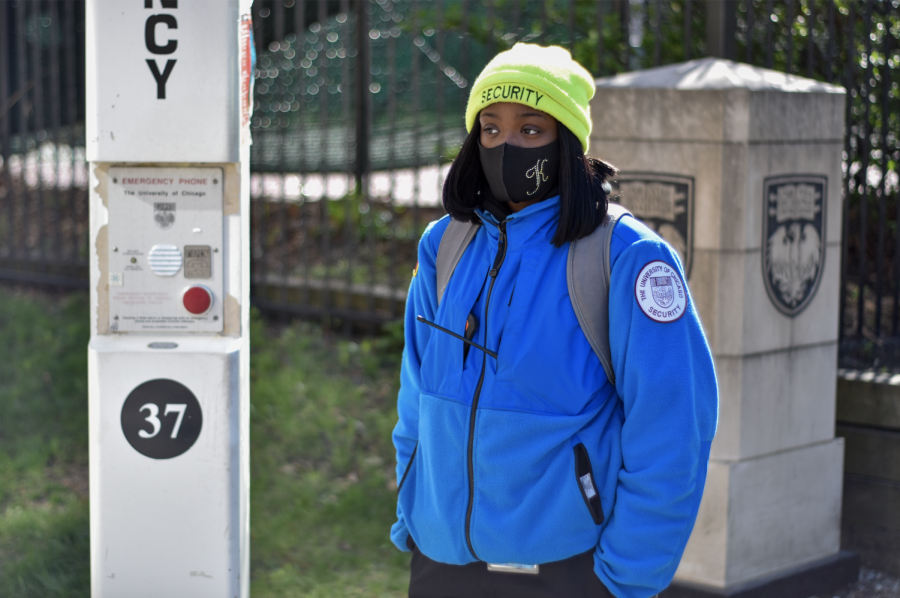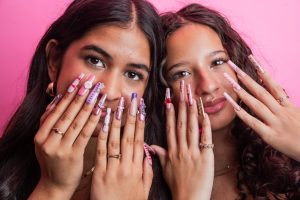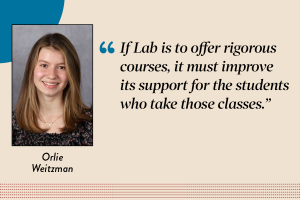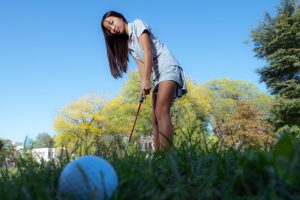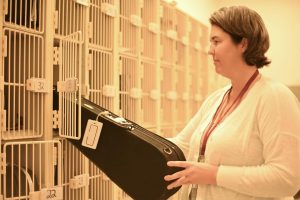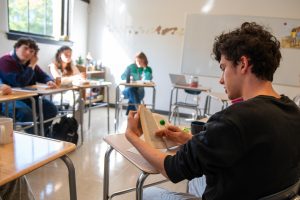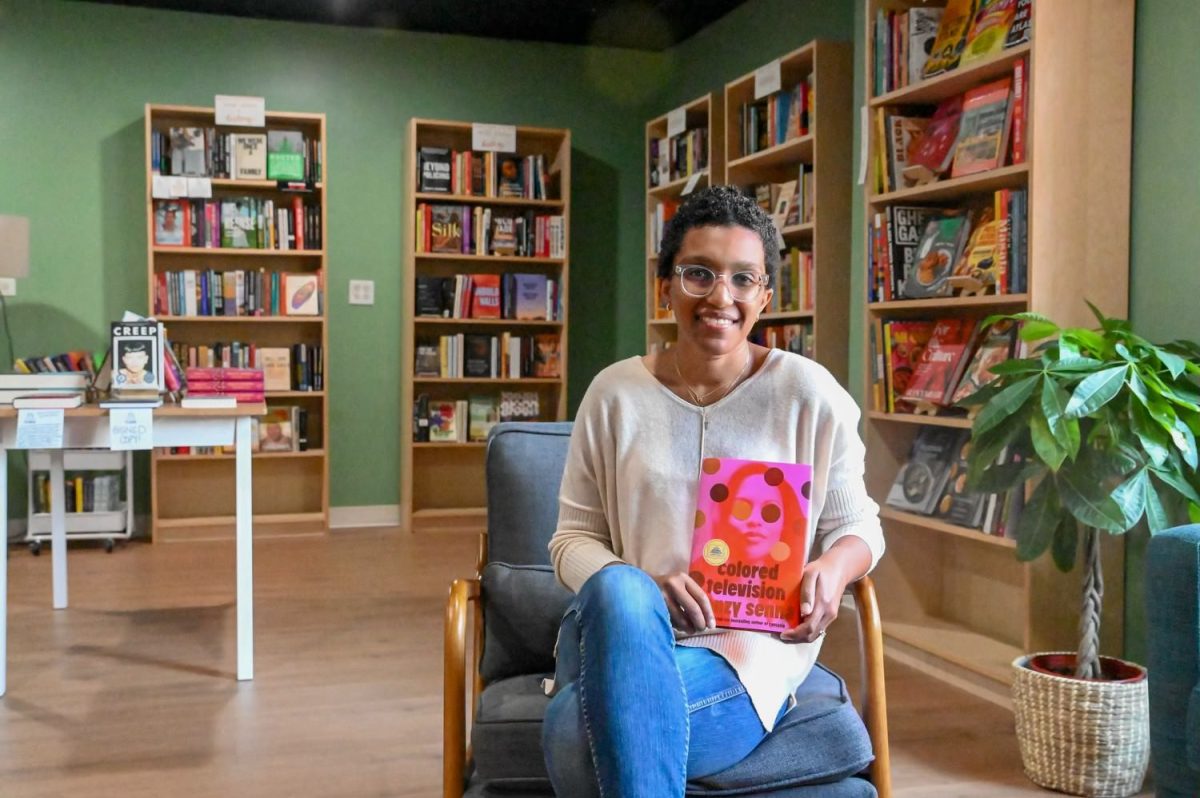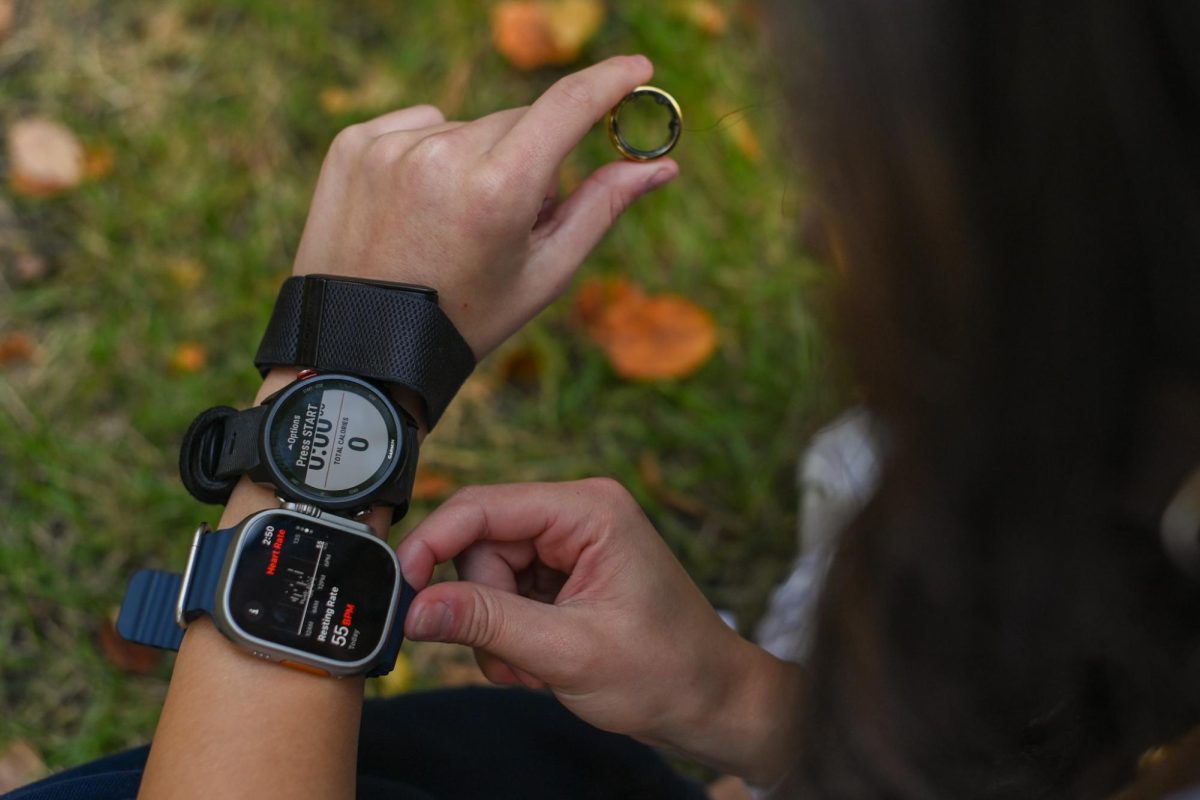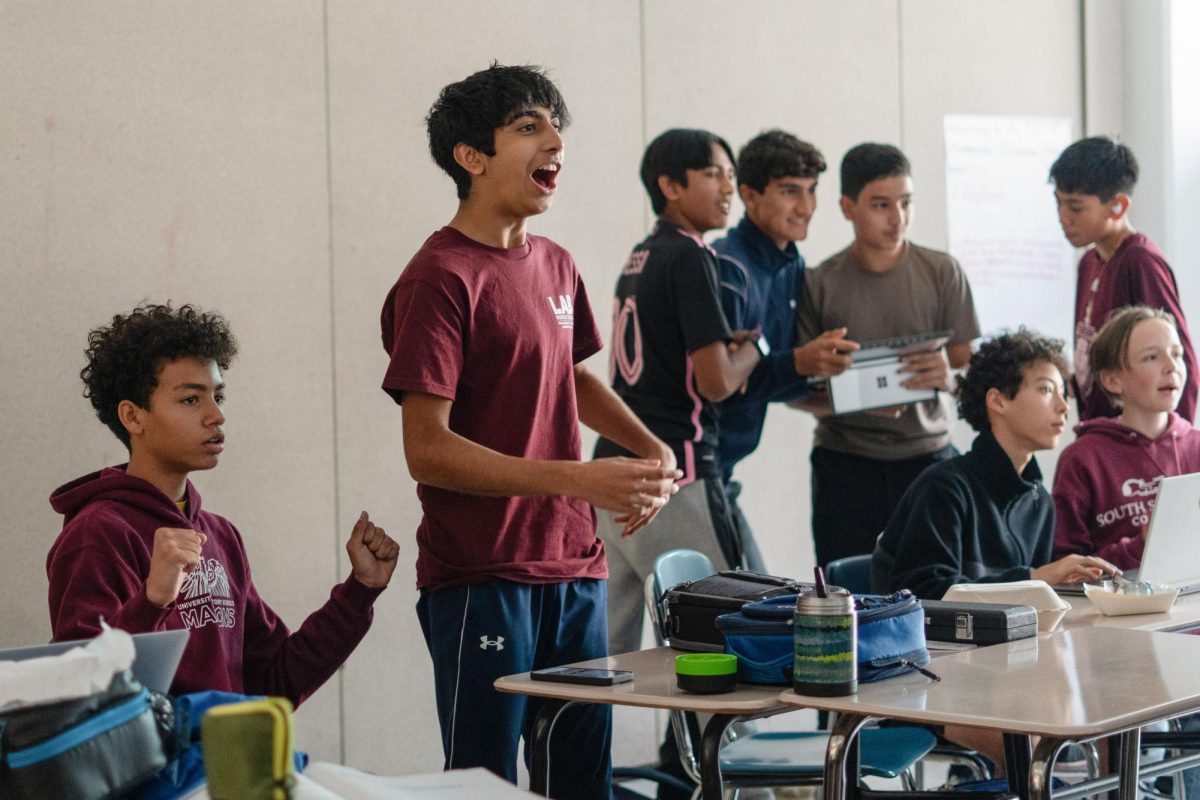Pandemic changes interactions between exterior safety ambassadors, Lab community
An exterior safety ambassador spending their shift at their post.
April 13, 2021
No two walks through the University of Chicago campus are the same – from the trees that change with the seasons to the ways that students are spending their time, there’s bound to be different things to see every day. However, no matter what, the guards in their neon-yellow vests with walkie-talkies in their hands always seem to be there.
During the regular school year when the campus is bustling with people, these exterior safety ambassadors often get to exchange conversations with students, faculty, and Hyde Park residents. However, the pandemic has changed this relationship between the ambassadors and the people walking past them every day.
Before the pandemic, exterior safety ambassadors say they had far more interactions with members of the University of Chicago community. Now, precautionary COVID-19 restrictions have vastly limited the exchanges between ambassadors and students – contributing to what they say is a divide between the two.
The exterior safety ambassadors are positioned across the University of Chicago campus with shifts that generally last anywhere from six to nine hours. The responsibilities of these ambassadors are primarily to provide directions and campus information and to quickly get individuals in contact with university resources and services, such as the university’s police department and medical services, as needed.
According to Michael Kwiatkowski, the university’s executive director for campus safety, the responsibilities that the guards hold are essentially the same as they were before the pandemic.
“The day-to-day operations of our exterior safety ambassadors have been relatively unchanged during the pandemic,” Mr. Kwiatkowski said. “We’ve had the addition of personal protective equipment, obviously, with face covering and physical distancing, but other than that the work of the security ambassadors has gone on without interruption during the pandemic.”
However, aspects of face coverings and physical distancing have had a larger impact on the ambassadors’ days at their job than expected.
Abriel Green started her job as an exterior safety ambassador toward the beginning of the pandemic. Since then, she said she has had limited interactions with students.
“Not really, not much interaction. I mean, they’re nice, so sometimes they say ‘hey’ and ‘have a good night,’ but that’s it,” Ms. Green said.
Another ambassador, Craishira James, also feels a lack of connection with students. According to Ms. James, there are fewer people on campus – most of whom she isn’t able to speak to since she has to distance with others.
Ambassador Damond Dorsey believes that physical distancing and protective equipment, such as masks, have contributed to this divide as well.
“We just can’t be in contact with people as much,” Mr. Dorsey said. “Just can’t talk to the students as much, ’cause they’re afraid, since because of the masks and all they can’t really see our faces. So they’re less likely to approach us.”
However, this solitude during the pandemic can be taxing on mental health. According to Mr. Kwiatkowski, the university has taken action to ensure the mental wellbeing of these officers during these isolating times. He said the university has partnered with the National Alliance on Mental Illness to provide crisis intervention and de-escalation and training
“So we really feel that we’re focusing on officer wellness,” he said. “That’s one of the things we’re committed to as the department of safety and security.”
With the end of the pandemic in sight, Mr. Dorsey is looking forward to strengthened relationships and increased interactions with students.
“Hopefully with the summertime and the weather getting warmer and all, there’s going to be more students out, and more action,” he said. “I’m looking forward to the pandemic being over, just being able to communicate more with the students passing by and get to know them and all.”
Similarly, Ms. Green hopes that she gets to participate in, and watch, more interaction among the students and the university’s community once coronavirus restrictions are loosened and more students return to campus.
The pandemic has hit all parts of the university’s community hard, and members like Mr. Dorsey, Ms. Green and Ms. James are all ready to return back to normal – and finally get to know the people they see walking past them every day.



